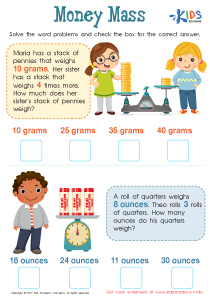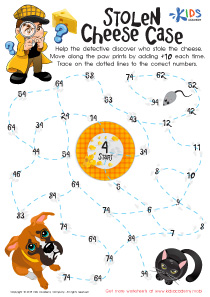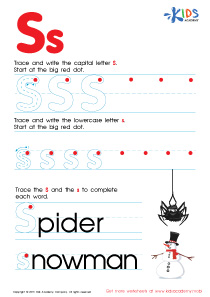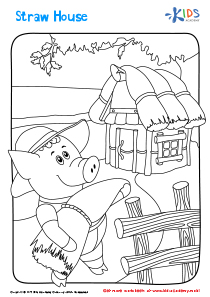Science Lessons | Sound and Light, Kindergarten
0 results
Our Sound and Light Lessons offer a fun and interactive way for Kindergarteners to learn about the properties of sound and light. With a variety of hands-on activities, interactive worksheets, educational videos, and assessment quizzes, these lessons are perfect for engaging young minds. Kids will learn about the science behind how sound and light travel, how they reflect and refract, and how they are essential to our everyday lives. The exciting and colorful lessons are designed to promote learning through play, making the concepts easy to understand and retain. Give your child a head start in STEM education with our Sound and Light Lessons.
Sound and Light Lessons are tremendously beneficial to children in Kindergarten. By introducing them to the basic principles of sound and light, children can gain valuable insights into the natural world around them, and they can begin to develop a solid foundation of knowledge that will serve them well in all their future studies. In this text, we will explore some of the ways in which these lessons can be helpful to kids in their studies.
First and foremost, Sound and Light Lessons provide students with a fundamental understanding of the scientific principles that underpin their daily lives. By learning about how sound waves propagate through space and how different kinds of light interact with various materials, children can gain a deeper appreciation for the world around them. This knowledge can be extended in later years to more advanced studies, grounding students in the basics of scientific thinking and inquiry.
Moreover, Sound and Light Lessons promote critical thinking and problem-solving skills. By asking students to analyze the properties of sound and light, and to think creatively about how to reproduce and manipulate them, teachers can help children develop essential cognitive tools that will be indispensable in all areas of their academic lives. As they engage with interactive worksheets and video presentations, students will become more adept at interpreting complex information and making connections between different concepts.
Perhaps most importantly, Sound and Light Lessons offer a fun and engaging way for children to engage with science and technology. By allowing students to interact with videos and other multimedia resources, teachers can keep kids interested and motivated throughout their lessons. Students will enjoy learning about the properties of different kinds of light and experimenting with sound waves, which in turn can spark their imagination and curiosity about the natural world.
Overall, Sound and Light Lessons offer a wealth of benefits to children in Kindergarten and beyond. By introducing students to the fundamental principles of sound and light, and by encouraging them to think critically and creatively about these concepts, teachers can help children develop valuable skills that will serve them well in all areas of their academic lives. Anyone interested in promoting science education for young children should consider incorporating Sound and Light Lessons into their curriculum, and providing students with the tools they need to succeed. With the right preparation and resources, every child can become an enthusiastic and engaged learner, ready to transform the world with their knowledge and insights.















